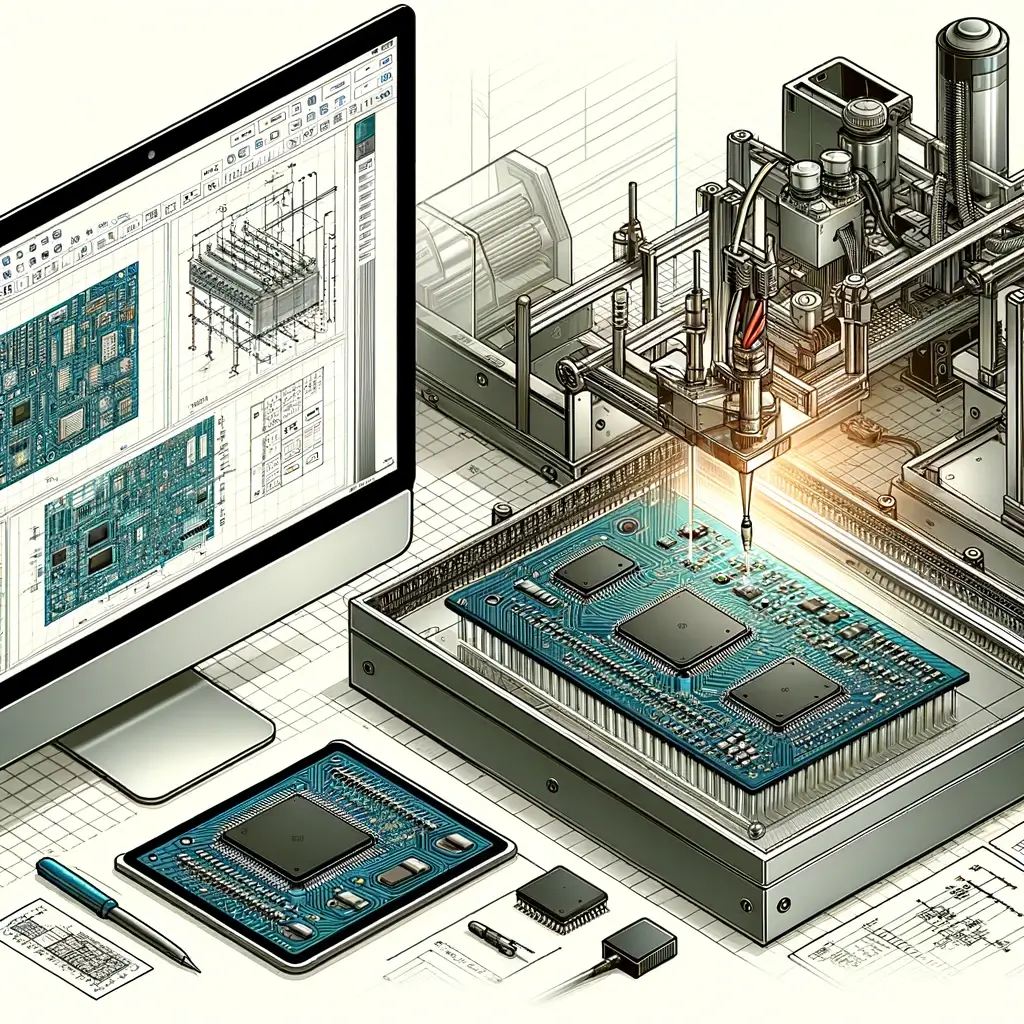PCB Manufacturing and PCBA Electronics Assembly Trends: What You Need to Know
Printed Circuit Board (PCB) manufacturing and PCBA (PCB Assembly) electronics assembly has come a long way. With new advancements in technology, the industry is changing every day. It’s important to keep up with the latest trends, as they can heavily impact electronics manufacturers. In this blog post, we will discuss some of the latest trends in PCB manufacturing and PCBA electronics assembly and their effects on the industry.
1. HDI Circuits
HDI circuits are high-density interconnector circuits, which are increasingly becoming more popular in PCB manufacturing. With greater flexibility and versatility, HDI circuits offer improved performance, reliability, and miniaturization. They are ideal for smaller devices and are often used in wearable technology, smartphones, and other consumer electronics. Manufacturers are investing in new technologies and techniques such as laser drilling and micro-via to ensure top-quality, short lead times, and more cost-effective solutions.
2. IoT and Wireless Technology
With the rise of IoT (Internet of Things) and wireless technology, PCB manufacturing and PCBA electronics assembly are becoming more sophisticated. Wireless connectivity means that devices like sensors and drones can communicate with each other and the cloud. The challenge for designers is to create PCBs with smaller footprints, while also ensuring high-quality, low-cost, and energy-efficient systems. Companies that can innovate will benefit as the market for IoT and wireless technology is set to explode in the coming years.
3. Environmentally Friendly Manufacturing
With an increased awareness of environmental protection, the PCB industry is turning towards environmentally friendly manufacturing. There is a focus on reducing energy consumption, using fewer raw materials, and recycling. PCB manufacturers are investing in new technologies to minimize waste. Lead-free materials have been used for years in PCB manufacturing, but other toxic materials can be harmful. Environmental concerns are essential for the industry’s social responsibility and will continue to play a significant role in the future.
4. Industry 4.0 and Automation
Industry 4.0 is a trend that is changing the manufacturing sector globally. This trend refers to the use of automation, the Internet of Things (IoT), and data analytics in the production process. PCB manufacturing and PCBA electronics assembly will be heavily impacted by Industry 4.0. Automation will lead to higher productivity and efficiency, better quality, and lower costs. This increased efficiency will provide manufacturers with a competitive edge in the market.
5. Increased Customization and Collaboration
As the demand for customized and specialized products increases, the PCB manufacturing and PCBA electronics assembly industry is relying on greater collaboration between designers, engineers, manufacturers, and suppliers. Collaboration and partnership can lead to faster production, better quality, and a more tailored solution for customers. The focus on customer experience is putting pressure on manufacturers to produce a wider range of products that are of higher quality than competitors.
Conclusion:
The PCB manufacturing and PCBA electronics assembly industry is continuously evolving. To keep up with technological advancements and changing customer demand, the industry must embrace new trends. HDI circuits, IoT, environmentally friendly manufacturing, Industry 4.0, and increased customization and collaboration are the latest trends that industry players must keep up with to remain competitive. By adopting these trends, manufacturers and suppliers can provide innovative solutions, reduce costs, and provide better customer experiences. With new technology entering the market regularly, the industry is poised for growth and disruption.



